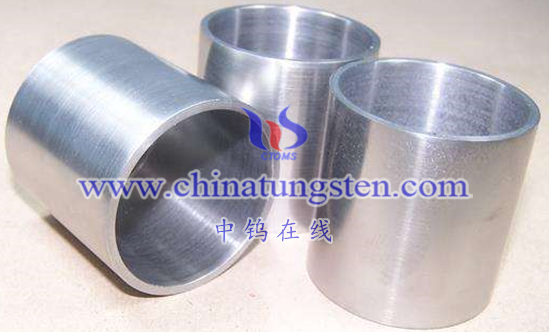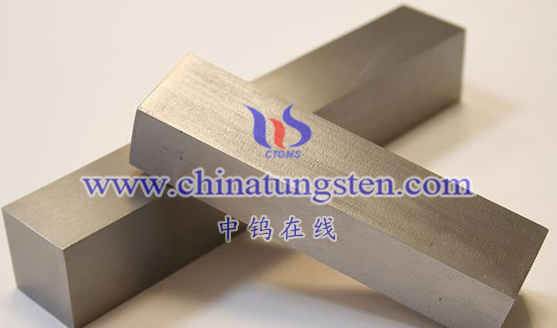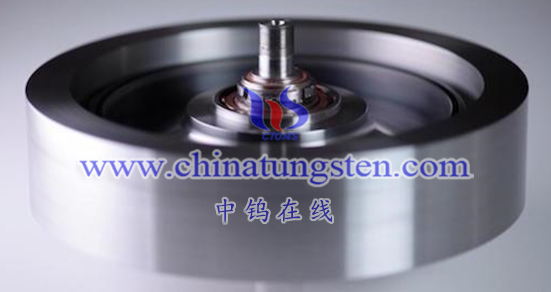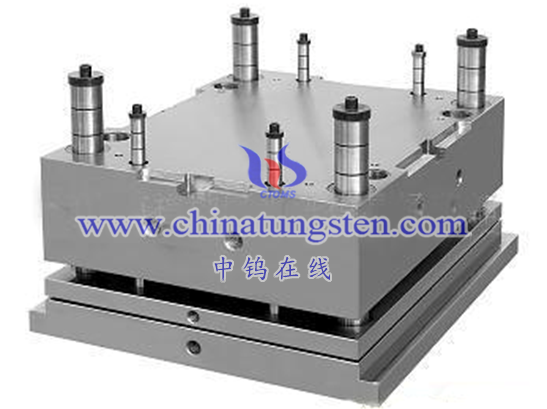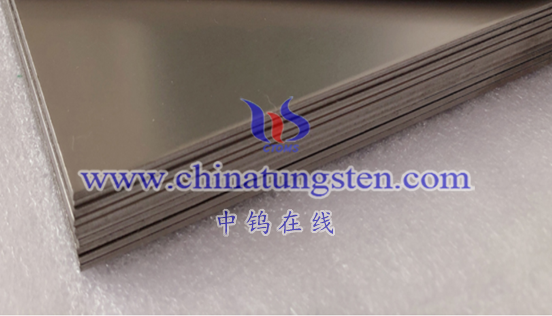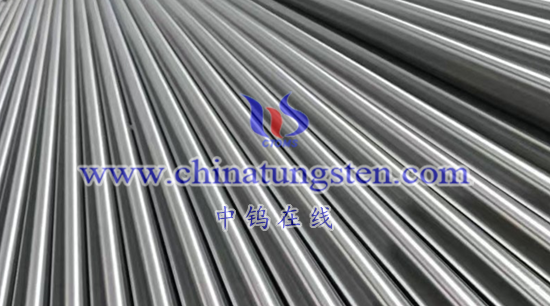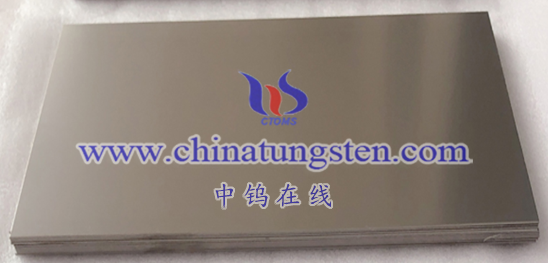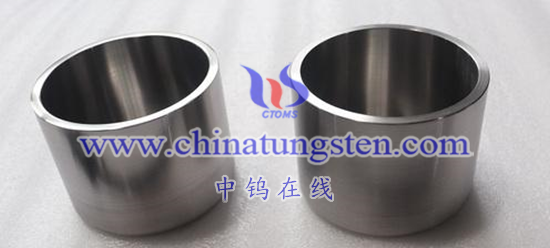
Tungsten-molybdenum alloy alloying
The alloying process of tungsten-molybdenum alloy involves mixing the two metal elements tungsten and molybdenum in a certain ratio, and using specific process methods, such as powder metallurgy, vacuum arc melting, vacuum electron bombardment smelting or 3D printing technology, to form a specific Physical and chemical properties of alloy materials.
Tungsten and molybdenum are both refractory rare metals with high melting point, high strength and good electrical and thermal conductivity. This makes tungsten-molybdenum alloy widely used in metallurgy, agriculture, electrical, chemical industry, environmental protection and aerospace and other fields. The properties of the alloy will vary with the ratio of raw materials, mainly reflected in the melting point, hardness and strength of the alloy. These properties usually increase as the tungsten content increases.
During the alloying process, the properties of the alloy can be optimized to meet specific application needs by adjusting the ratio of tungsten to molybdenum and using different production processes. For example, tungsten-molybdenum alloys have excellent corrosion resistance in liquid zinc environments and are therefore widely used in the manufacture of components such as mixers, pipes and vessel linings. In addition, the high melting point and excellent ablation resistance of tungsten-molybdenum alloy also make it an ideal material for high-temperature components such as solid rocket motors.
The alloying of tungsten-molybdenum alloy is a complex process that requires consideration of multiple factors such as raw material ratio, production process, and application requirements. By optimizing these factors, tungsten-molybdenum alloy materials with excellent performance can be prepared to meet the needs of various high-end applications.
Tungsten-molybdenum alloy alloying process
The alloying process of tungsten-molybdenum alloy mainly includes the following steps:
Ingredients and Mixing
Mix tungsten powder and molybdenum powder according to the required ingredient ratio. In this step, an appropriate amount of binder can also be added to facilitate the subsequent molding and sintering process.
forming
The mixed powder is poured into a mold and pressed through a mechanical press or an isostatic press to form the desired shape and size.
sintering
The shaped tungsten-molybdenum alloy billet is put into a high-temperature sintering furnace and sintered in a hydrogen environment. The sintering temperature usually increases with the increase of tungsten content, and its range is usually between 2150 and 2300°C. During the sintering process, diffusion and solidification occur between alloy powder particles, eventually forming a dense tungsten-molybdenum alloy.
Post-processing
The sintered tungsten-molybdenum alloy can be subjected to subsequent processing as needed, such as rolling, forging or surface treatment (such as polishing, grinding, pickling, electroplating, etc.) to meet specific application requirements.
The alloying process of tungsten-molybdenum alloys can be adjusted and optimized according to specific application needs and alloy composition to obtain the required material properties and structure. This alloy has a wide range of applications in high temperature, corrosive and harsh environments due to its high melting point, good ablation resistance, flame erosion resistance of solid particles and excellent corrosion resistance.
More details of tungsten alloy product, please visit website: http://tungsten-alloy.com/
Please contact CHINATUNGSTEN for inquiry and order of tungsten alloy:
Email: sales@chinatungsten.com
Tel.: 86 592 5129595
